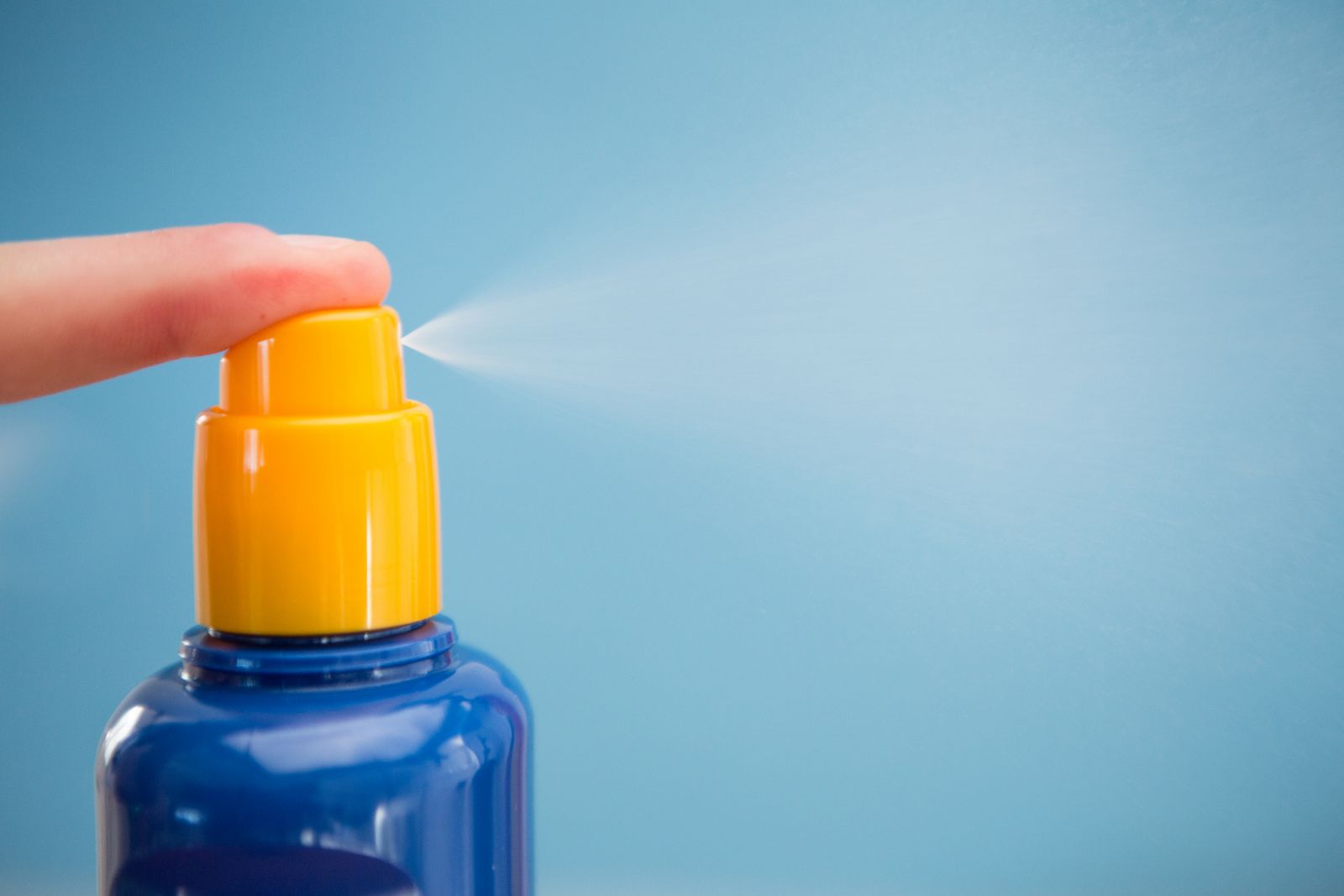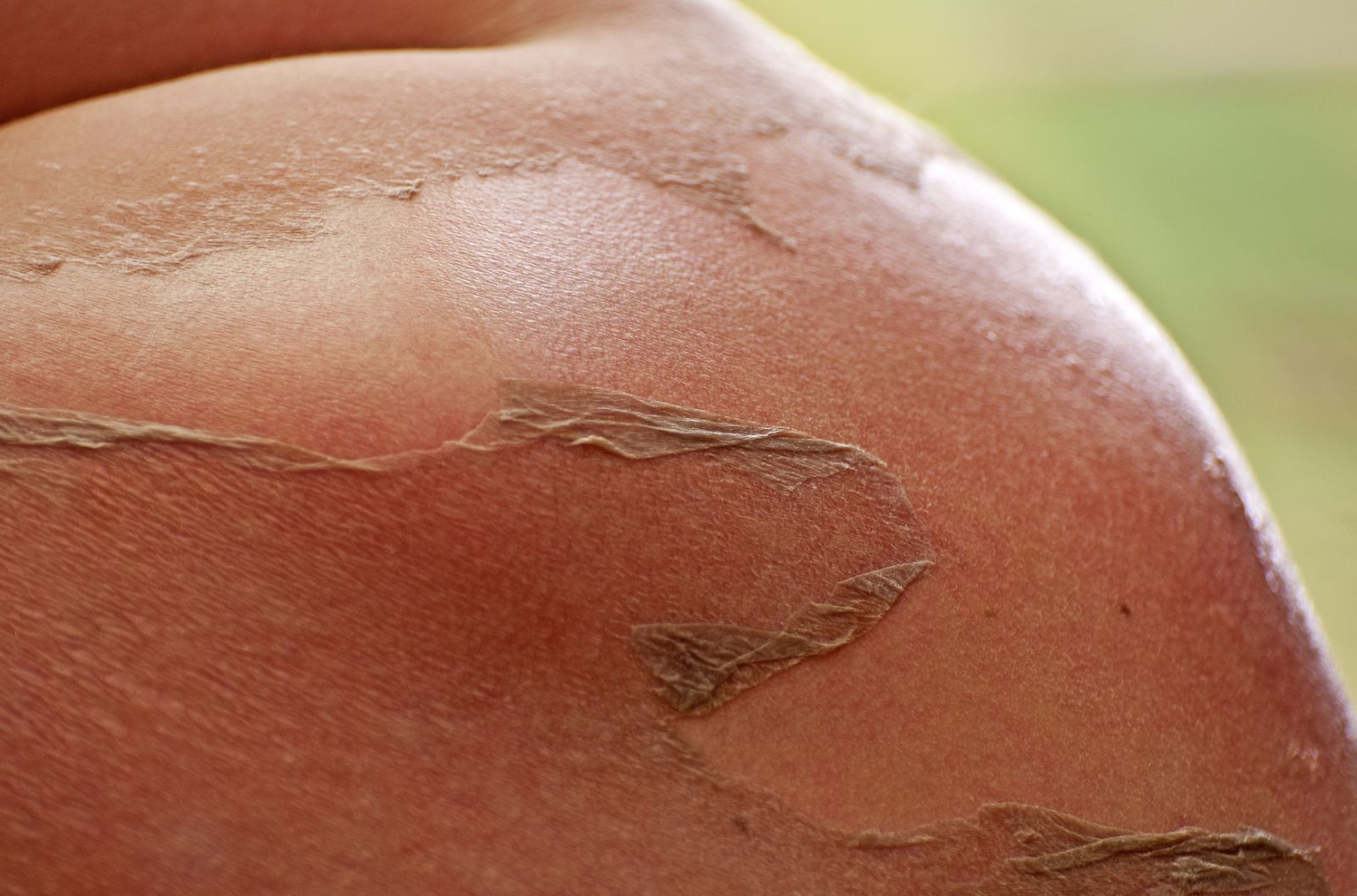Welcome to the DermacenterMD Blog
Posts for tag: sunburn
 The low levels of Vitamin D in American today have caused a stir and confusion among health conscious individuals. According to an article published in the Archives of Internal Medicine in 2009 it was reported 23 percent of people in one survey had sufficient Vitamin D levels.
The low levels of Vitamin D in American today have caused a stir and confusion among health conscious individuals. According to an article published in the Archives of Internal Medicine in 2009 it was reported 23 percent of people in one survey had sufficient Vitamin D levels.
Vitamin D insufficiency is typically tied soft and weak bones which is medically termed rickets. There is growing concern that low Vitamin D levels may be tied to heart disease, diabetes, cancer, and other health related problems. Therefore, it is of importance that one maintains an appropriate Vitamin D level. It is also worth being aware that changes in how the blood levels were measured from the 1980s to current day may over dramatize the swing mentioned in the media.
The sun causes an action on the skin which does help the body synthesize Vitamin D. Among dermatologists who regularly recognize and treat skin cancer, this becomes an important topic because there is a significant and unquestionable correlation between sun exposure and skin cancer. Asking patients to get more sun exposure is contributing to an ongoing epidemic in skin cancer, according to many skin cancer experts.
Though there is not a quick and rapid solution, the American Academy of Dermatology recommends patients work to get their Vitamin D levels up through oral supplementation.This means eating foods which have higher levels of Vitamin D such as salmon, tuna, mackerel, and Vitamin D-fortified dairy products, such as milk. In addition, taking supplements with Vitamin D can be helpful.The Institue of Medicine established a Recommended Dietary Allowance (RDA) of 400 IU per day for infants, 600 IU per day for those age one to 70 and 800 IU per day for age 71 and older. It is also worth noting that too much Vitamin D can be a problem as well, so for people age nine and older individuals should not take more than 4000 IU.
The topic is one of debate and will continue to be an important area for health concerns in the future.
Sources:
>Scientific America - Vitamin D deficiency soars in the U.S., study says New research suggests that most Americans are lacking a crucial vitamin. March 23, 2009 |By Jordan Lite
>Americans Low on Vitamin D By Jennifer Warner, Reviewed by Elizabeth Klodas, MD, FACC on March 25, 2009
>Let's not call it the sunshine vitamin Public talking about vitamin D as IOM and AAD issue new recommendations By Jan Bowers, contributing writer, May 02, 2011
When Sunscreen Safety is Called Into Question
The Skin Cancer Foundation
Source: www.skincancer.org
For years, dermatologists have told us sunscreen protects skin. Now, many people are questioning that advice after an environmental group challenged the safety of many popular brands.
"Patients are confused," said Dr. Darrell S. Rigel, a clinical professor of dermatology at New York University who is a skin cancer researcher. "I've had patients come in and ask, 'Am I harming myself by using it?' I've spent a lot of time talking to people about it."
The latest report comes from the Environmental Working Group, which claims that in an investigation of nearly 1,000 sunscreen products, four out of five offer inadequate protection from the sun or contain ingredients that may pose a health risk.
But dermatologists who reviewed the group's research say the biggest problem is that it lacks scientific rigor. In particular, they are critical of a sunscreen rating system that they say is arbitrary and without basis in any accepted scientific standard.
"What they are doing is developing their own system for evaluating things," said Dr. Warwick L. Morison, professor of dermatology at Johns Hopkins and chairman of the Skin Cancer Foundation's photobiology committee, which tests sunscreens for safety and effectiveness. "Using this scale to say a sunscreen offers good protection or bad protection is junk science."
Dr. Morison has no financial ties to sunscreen makers, and his work with the Skin Cancer Foundation is unpaid. Sonya Lunder, a senior analyst with the Environmental Working Group, said the database and rating system were based on an extensive review of the medical literature on sunscreens. Of nearly 1,000 sunscreens reviewed, the group recommends only 143 brands. Most are lesser-known brands with titanium and zinc, which are effective blockers of ultraviolet radiation. But they are less popular with consumers because they can leave a white residue.
The group is especially concerned about the safety of a compound called oxybenzone, which is used in most popular sunscreens. But the research on oxybenzone is limited.
Most recently, the Centers for Disease Control and Prevention analyzed 2,517 urine samples collected in 2003-4 from a representative sample of the population over age 6 as part of a national health and nutrition survey. The analysis, published this month in the journal Environmental Health Perspectives, found oxybenzone in 97 percent of the samples.
The study goes on to note that human exposure to oxybenzone "has not been associated with adverse health effects" and that sunscreen is an important tool to protect against sunburn and skin cancer. But the researchers said further study was needed to determine whether the chemical had any meaningful effect on the body.
"What's the meaning of it?" said Dr. Rigel, who has consulted for sunscreen makers. "Nobody's seen any problems from years of these agents being used. To call it dangerous is misleading."
A few animal studies have raised concerns that oxybenzone could disrupt endocrine functions. Several researchers say that this is a theoretical concern and that no such effect has been shown in humans.
Another study, published two years ago in Free Radical Biology and Medicine, raised troubling concerns about what happens when sunscreen is absorbed into the skin and reacts with the sun. The report suggested that under certain conditions, sunscreens with oxybenzone and other ultraviolet filters could lead to free-radical damage to the skin, a process that in theory could lead to skin cancer. The study used laboratory models of skin, so some researchers say it is not a reliable indicator of what happens in people.
But the authors noted that the damage occurred only when ultraviolet light reached sunscreen that had penetrated the skin. The solution, they say, is to keep applying sunscreen to block out the UV rays. "It may seem counterintuitive, but by reapplying sunscreen we protect ourselves from the UV light reaching any of the UV-filters that may have penetrated to the skin," said Kerry M. Hanson, the lead author of the report and a senior research scientist at the University of California, Riverside. "At this point, I don't think there's enough evidence to firmly claim that sunscreens containing oxybenzone are unsafe."
Still, Dr. Hanson added that the UV filters used in sunscreens needed testing "to give us a better understanding of how these molecules behave in the skin."
One solution, she said, may be to add antioxidants to sunscreen to counter the effect. She said she had consulted with sunscreen makers on the issue.??
The Food and Drug Administration is preparing rules that will give consumers more information on the label about the sunscreens they buy. Most doctors still recommend sunscreens with a high SPF number and a combination of avobenzone and oxybenzone, ingredients that protect the skin from two types of ultraviolet rays, UVA and UVB.
Avobenzone, also called Parsol 1789, can degrade quickly in the sun. But many top brands, including Johnson & Johnson's Neutrogena with Helioplex, Aveeno with Active Photobarrier Complex and several Coppertone brands, are formulated to prevent that. L'Oreal products containing the new ingredient Mexoryl also offer broad-spectrum protection, doctors say.
It is important to keep in mind that sunscreen is only one way to protect the skin. Not only do people typically not use enough sunscreen, but they don't take other steps to protect themselves from the harmful effects of the sun.
"People focus so much on sunscreens," Dr. Morison said. "It should be a package of protection. A hat, staying out of the sun, avoiding the hottest part of the day and covering up are all part of the whole story. It's not just the sunscreen."

A sunburn is the pink to red color our skin becomes as a warning sign and reaction to being in the sun too long. Most of us have had at least one sunburn in our life. Understanding why it happens and the possible consequences can help us avoid this harmful reaction in the future.
Sunburn is the skin’s response to an excess amount of ultraviolet (UV) rays of the sun. The skin initially does not turn pink right away, but rather it often loses moisture and can feel tight or painful. The skin will begin to turn pink or red, which might not show up for hours after the exposure. Often we do not realize what has happened to our skin until it is too late.
Even as little as 10 minutes of intense UV exposer can burn the skin causing redness, tenderness and swelling. In response to UV rays, the outer layer of skin produces a tanning pigment called melanin. This melanin is a protective agent which blocks some of the harmful UV rays which normally penetrate the skin. Some of the harmful rays can cause damage to the skin’s DNA which can ultimately lead to skin cancer.
Sunburns can have harmful effects on the body, even years after exposure. Science has shown that even a single blistering sunburn in childhood or adolescence more than doubles a person’s chances of developing melanoma later in life. A person’s risk for melanoma, the most serious and potentially fatal form of skin cancer, doubles if he or she has had five or more sunburns. The two most common types of skin cancer, basal cell carcinoma and squamous cell carcinoma, are also directly related to sun accumulation over many years. The most common locations for these cancers are sun-exposed areas: the face, ears and hands.
It is so important to avoid sunburns if at all possible. The most useful tip to avoid sunburn is to avoid the sun and protect the skin. Wear sunscreen when you are outside, even for short periods. Sunscreens with an SPF of at least 30 or higher which contain one of the following ingredients: titanium dioxide, zinc oxide or parsol 1789 (avobenzone) are best. Also protective clothing and avoiding the sun a when it is at the worst, typically 10 a.m. to 4 p.m. is ideal. Protecting your skin is essential to your health and well-being. Be sun smart this summer and protect your skin from the harmful rays of the sun!
Archive:
Tags
- dry skin (2)
- moisturizer (1)
- sensitive skin (3)
- PA (2)
- Skincare (2)
- skin cancer (29)
- cancer (6)
- facts (1)
- skin (19)
- dermatology (22)
- skin care (19)
- cosmetic (2)
- wrinkles (1)
- Botox (4)
- Dysport (3)
- sleep (1)
- look good (1)
- daily routine (1)
- healthy lifestyle (1)
- doctor (2)
- patient (1)
- sun protection (5)
- sunscreen (14)
- aging dermatology (1)
- providers (1)
- tanning (2)
- sun (6)
- UVA rays (2)
- UVB rays (2)
- melanoma (10)
- Acne (2)
- Treatment (2)
- sunscren (1)
- sun exposure (5)
- Melanoma Monday (2)
- Skin Cancer Awareness Month (1)
- education (2)
- skin cancer specialist (1)
- basal cell carcinoma (1)
- squamous cell carcinoma (1)
- ingredients (2)
- improve your smile (1)
- cosmetics (1)
- laser (1)
- fillers (2)
- sunburn (3)
- avoid the sun (1)
- hat (1)
- sun clothing (1)
- SPF (1)
- Rosacea (3)
- NP (1)
- Nurse Practitioner (1)
- mid-level provider (1)
- physician (1)
- dermatologist (6)
- cosmetic dermatology (4)
- anti-aging (2)
- youthful looks (1)
- Eczema (2)
- rash (2)
- itch (1)
- the rash that itches (1)
- reduce itch (1)
- itching (1)
- getting along with others (1)
- basal cell (2)
- squamous cell (2)
- detection (1)
- Mohs surgery (2)
- photoaging (1)
- Inspiring (1)
- word of the day (1)
- inspiration (3)
- uplifting (1)
- protection (4)
- lips (1)
- reduce wrinkles (1)
- look younger (1)
- encouragement (1)
- never give up (1)
- you can do it (1)
- medical school (1)
- dreams (1)
- brown spots (1)
- moles (2)
- liver spots (1)
- age spots (1)
- Abe Lincoln (1)
- life lessons (1)
- lip cancer (1)
- health (12)
- motivation (1)
- work (1)
- people (2)
- home life (1)
- lifestyle (1)
- ABCDEs of Melanoma (1)
- mole (1)
- skin check (2)
- skin facts (2)
- odd (1)
- fun (1)
- interesting (1)
- lung cancer (1)
- disease (1)
- Christmas (2)
- gifts (1)
- sun burn (1)
- winter skin tips (1)
- itchy skin (1)
- winter skin (1)
- myths (1)
- myth busted (1)
- skin protection (1)
- sunscreen safety (1)
- specialist (1)
- red skin (1)
- irritation (1)
- feel good (1)
- helping (1)
- help (1)
- helping others (1)
- treatment options (1)
- skin health (9)
- Vitamin D (2)
- tanning beds (1)
- skin health. dermatology (1)
- sunshine (1)
- awareness (1)
- prevention (1)
- sun damage (3)
- connections (1)
- working together (1)
- health care (1)
- biotin (1)
- medical (1)
- aging (1)
- elkhart (1)
- Roger Moore (1)
- check (1)
- skin type (1)
- skin cancer prevention (1)
- gift guide (1)
- Christmas gift guide (1)
- Dr. Roger Moore (1)
- holidays (1)
- family history (1)
